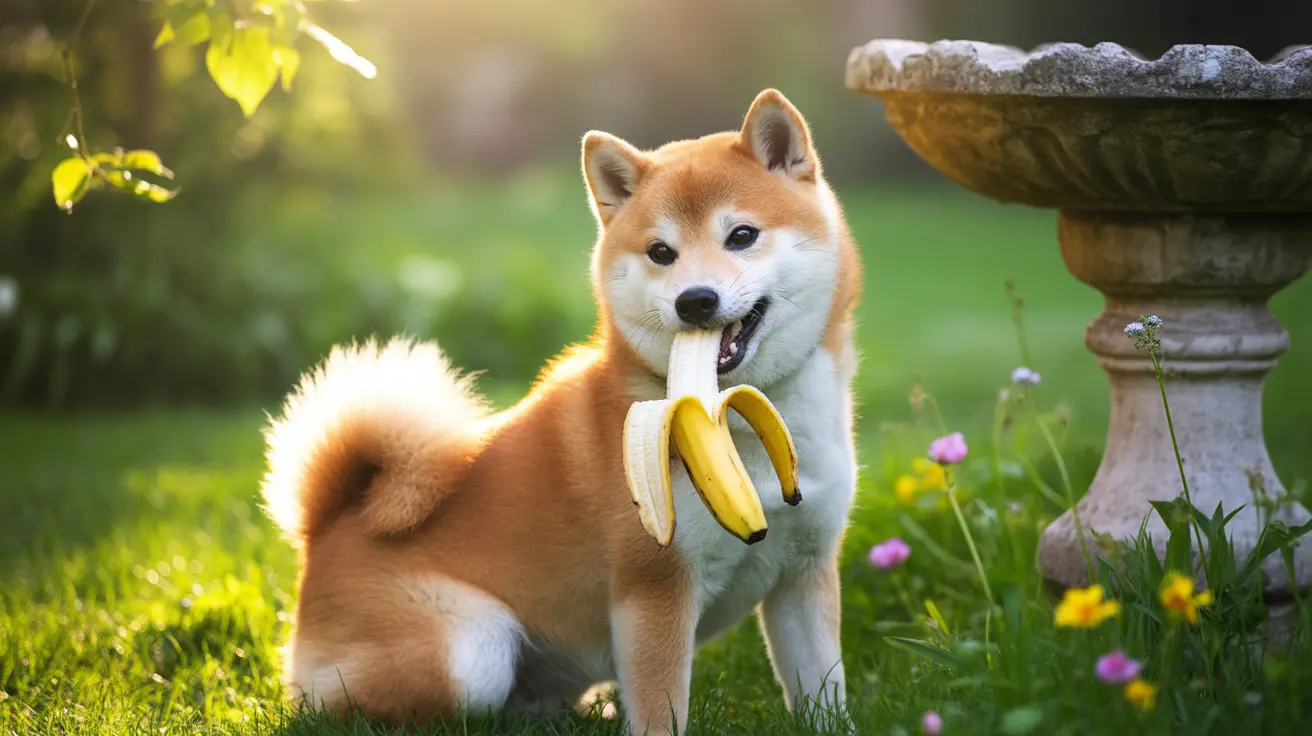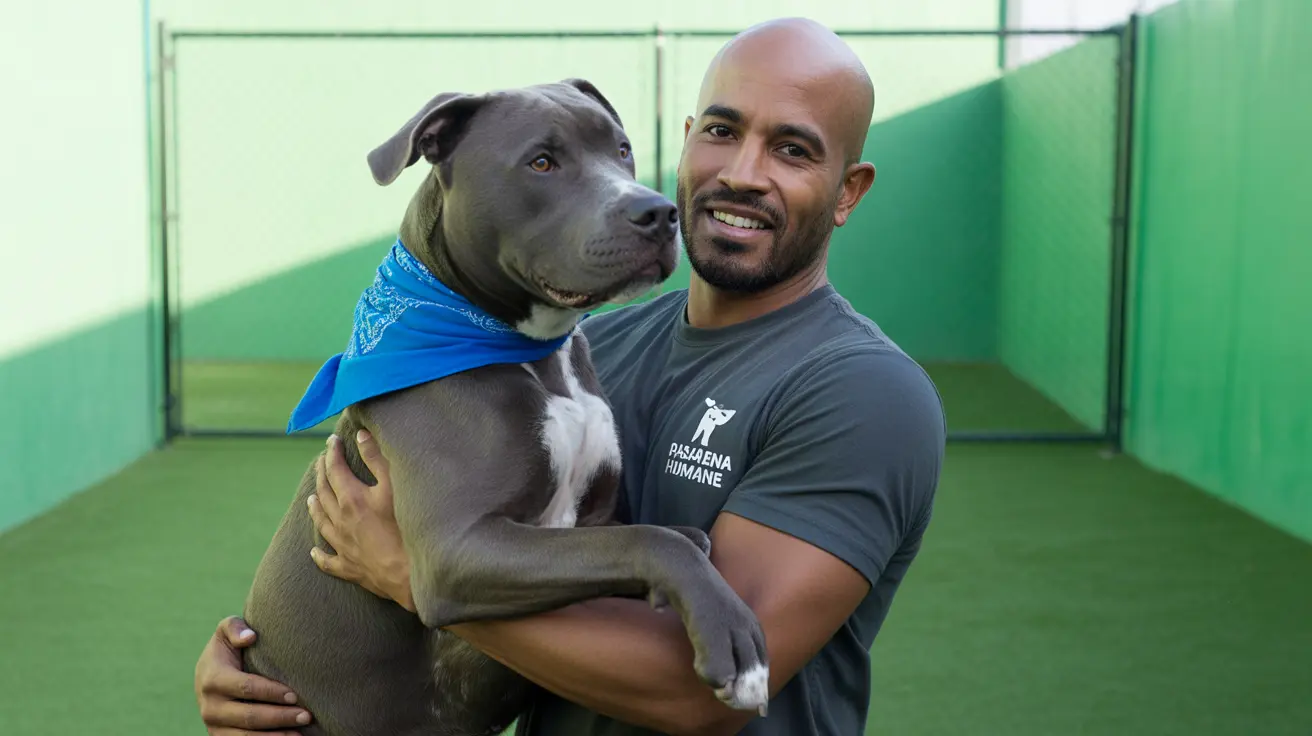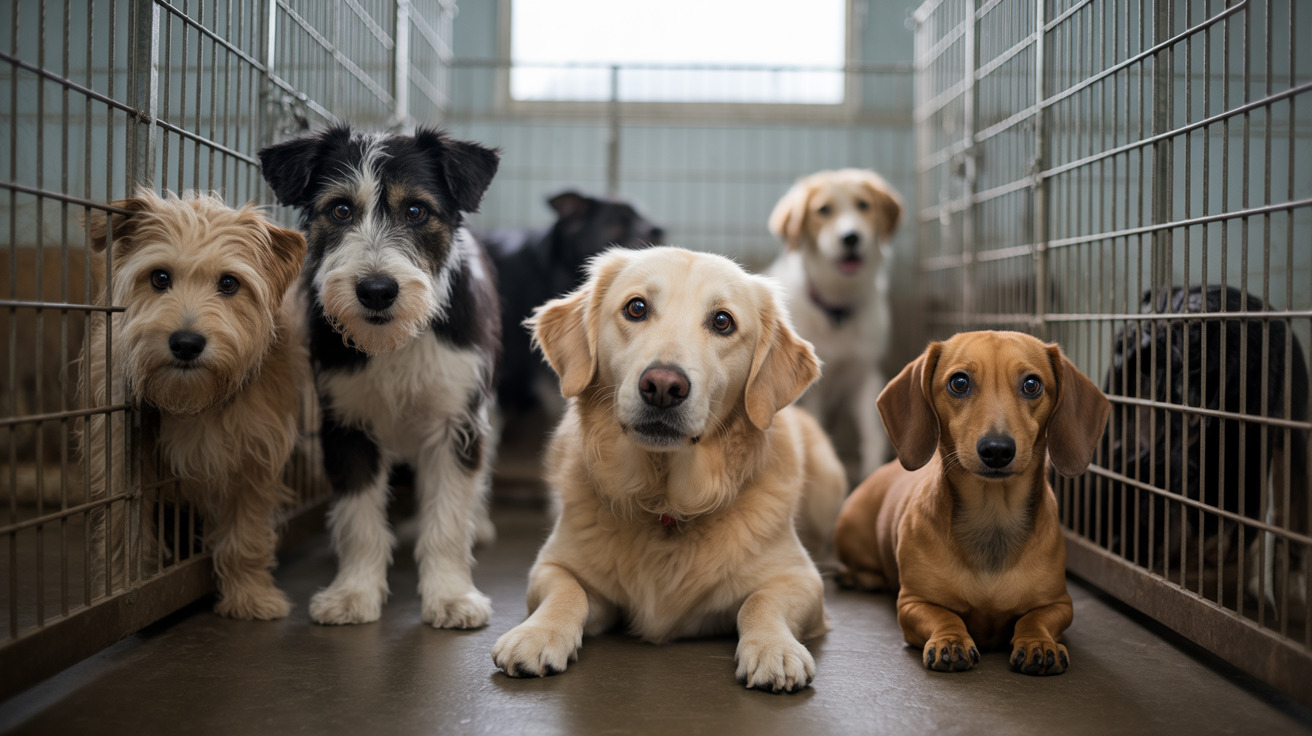Introduction
The fascinating world of Goldendoodle colors showcases the incredible genetic diversity of this beloved designer breed. From classic apricot and cream to rare patterns like phantom and merle, Goldendoodles come in an astounding variety of colors and combinations that make each dog uniquely beautiful.
As a cross between Golden Retrievers and Poodles, Goldendoodles inherit a complex mix of color genes that create their stunning coat variations. Understanding these colors and patterns isn't just about aesthetics – it's essential knowledge for potential owners and breeders alike, as certain colors can influence everything from grooming needs to health considerations.
The Genetics Behind Goldendoodle Coat Colors
Goldendoodle coat colors are determined by two primary pigments: eumelanin (black and brown) and phaeomelanin (red and yellow). These pigments, combined with various genetic modifiers inherited from both parent breeds, create the wide spectrum of colors we see in Goldendoodles today.
The Golden Retriever parent typically contributes genes for golden, cream, and red shades, while the Poodle parent can add black, brown, silver, and various pattern possibilities to the genetic mix. This combination explains why Goldendoodle litters can produce puppies with surprisingly different colors.
Popular Solid Colors
Classic Shades
The most sought-after Goldendoodle colors include apricot, cream, and red. These warm, friendly colors remind many of the traditional Golden Retriever look and tend to be highly popular among families. Apricot ranges from light peachy tones to deeper golden hues, while cream can vary from almost white to rich butter tones.
Darker Variations
Black and chocolate Goldendoodles, while less common, offer striking alternatives to the traditional golden shades. These colors require specific genetic combinations from both parents and often command premium prices due to their rarity.
Unique Patterns and Markings
Multi-Color Combinations
Parti, phantom, and abstract patterns create some of the most distinctive Goldendoodle appearances. Parti Goldendoodles feature at least 50% white coating with patches of another color, while phantom patterns show specific marking placements similar to Doberman Pinschers.
Rare Color Variations
Some of the most uncommon Goldendoodle colors include blue, silver, and merle. These rare variations often develop through specific breeding programs and may change significantly as the dog ages. Merle patterns, while striking, require careful breeding practices due to potential health concerns.
Color Changes and Development
Many Goldendoodle puppies experience color changes as they mature. This is particularly common in darker colors like chocolate and black, which may fade or "silver" with age. Understanding these potential changes is crucial for owners who may be surprised by their puppy's evolving appearance.
Frequently Asked Questions
What are the most common Goldendoodle coat colors, and how do genetics determine them?
The most common Goldendoodle colors are apricot, cream, and red, determined by inherited genes from both Golden Retriever and Poodle parents. These colors are controlled by two main pigments and various genetic modifiers that work together to create the final coat color.
Can Goldendoodles have rare colors like black, blue, or merle, and what should owners know about these?
Yes, Goldendoodles can have rare colors like black, blue, and merle, though these are less common and often more expensive. Merle patterns require special breeding consideration due to potential health risks when two merle carriers are bred together.
How do Goldendoodle coat patterns like parti, phantom, or brindle develop genetically?
These patterns develop through specific genetic combinations inherited from both parents. Parti requires a specific white spotting gene, phantom patterns need particular placement genes, and brindle is created by a specific striping gene pattern.
Do Goldendoodle coat colors change as they age, and which colors are most likely to fade?
Yes, many Goldendoodles experience color changes as they age. Colors most likely to fade include chocolate, black, and sable. The process typically occurs gradually over the first two years of life.
Are certain Goldendoodle colors linked to health risks or special breeding considerations?
While most colors are not linked to health issues, the merle pattern can be associated with vision and hearing problems if two merle carriers are bred together. Responsible breeders conduct genetic testing to prevent these risks.
Conclusion
The diverse world of Goldendoodle colors offers something for every preference, from traditional golden tones to striking rare patterns. Whether you're drawn to the classic apricot shade or intrigued by unique patterns like phantom or parti, understanding these color variations helps in making informed decisions about Goldendoodle ownership and care.






